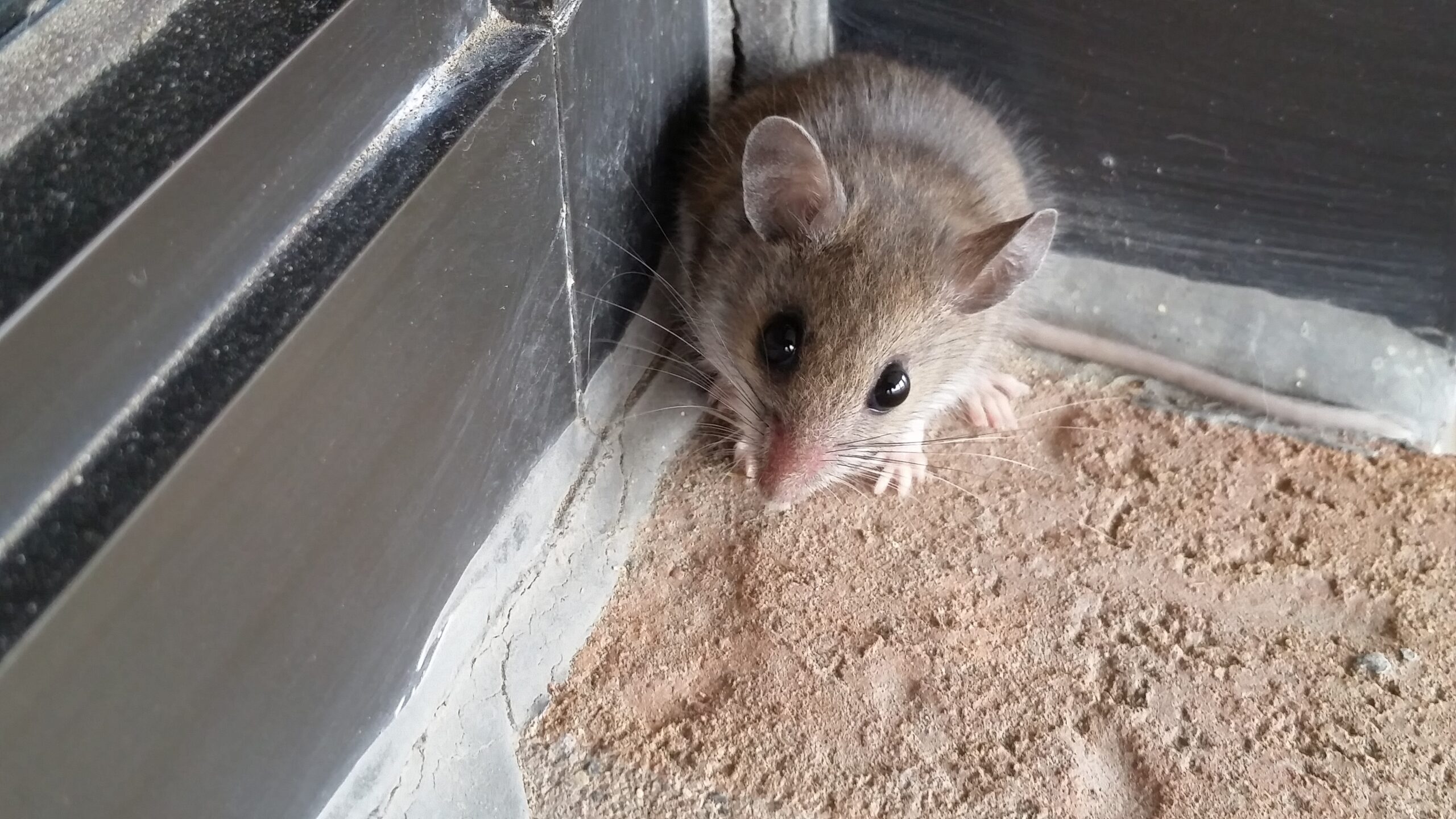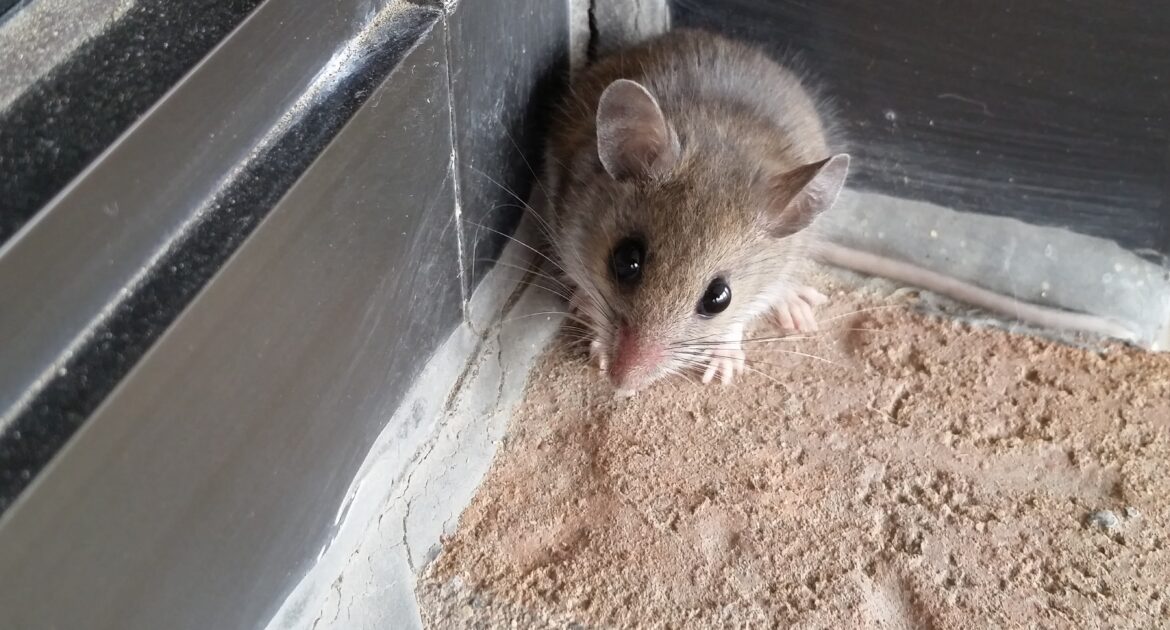Every house, no matter how strong, faces hidden threats. Some of the most destructive invaders are also the quietest—mice and rats. These small animals are more than just a nuisance. They can chew through electrical wiring, tear up insulation, and leave behind expensive and even hazardous messes in their wake. You’re probably wondering why do mice chew wires? And more importantly, what damage do rodents cause to a home’s wiring and insulation?
The answers reveal just how dangerous these creatures can be. Mice and rats don’t chew wires out of spite—they’re driven by instinct. Their teeth grow constantly, and gnawing keeps them from getting too long. Unfortunately, this natural habit puts your electrical system at risk and even increases the chance of fires. Their search for nesting material often turns insulation into shredded piles of useless fluff. Pair this with contamination from droppings and urine, and it’s easy to see why these “silent destroyers” pose a serious threat.
At Skedaddle Humane Wildlife Control in Denver, we understand just how important it is to get rid of mice and prevent damage before it becomes a crisis. Today, let’s explore the specific ways these animals harm your home’s wiring and insulation, as well as how you can protect your property.
Electrical Wiring Under Attack
If your lights flicker or you’ve noticed a strange burning smell, you may already have a problem hiding in your walls. Mice and rats chew on wiring because their teeth grow constantly. They use hard materials like cables to file them down, unknowingly creating hazards for humans.
When they gnaw on electrical wiring, the protective coating gets removed, leaving the metal underneath exposed. This can trigger short circuits, which may lead to power outages—or worse, fires. It’s no small issue; fire departments across the country have seen plenty of incidents started by chewed wires.
You don’t have to wait until disaster strikes to spot the warning signs. Pay attention to breakers that keep tripping or odd smells like burning plastic. This could mean you already have chewed wires in your home. Catching it early can save you from more serious problems in the future.
Insulation Gets Torn Apart
Insulation isn’t just something mice and rats move through; it’s something they wreck. To these animals, insulation is the perfect nesting material. They shred it into bits to build warm, cozy shelters where they can raise their young.
But the problems don’t stop at shredded insulation. When animals move through this material, they compress it, making it less effective at keeping your house warm in the winter and cool in the summer. Insulation that’s been trampled or torn up simply doesn’t work the way it should.
What makes it worse is the contamination left behind. Droppings and urine not only create bad smells but also make the material unsanitary. Mold and other harmful particles can grow in these conditions, impacting the air you breathe.
Hidden Fire Hazards Lurk
The combination of chewed wiring and damaged insulation is a recipe for disaster. Frayed wires can generate heat or sparks, which can easily ignite nearby materials. If nests are built from shredded insulation or paper, the fire risk becomes even greater.
Because much of this activity takes place in attics or behind walls, these hazards often go unnoticed until they spiral out of control. What seems like an isolated issue can quickly grow into a significant safety concern if not addressed.
This is where the expertise of professionals comes in. Skedaddle Humane Wildlife Control in Denver can locate these hidden dangers and help make your home safer again.
Reduced Energy Efficiency
Beyond the health and safety risks, rodent activity can also impact your wallet. Damaged insulation means your heating and cooling systems must work overtime. Holes and gaps created by animals allow warm air to leak out in the winter and cool air to escape during the summer.
This not only increases your energy bills but also puts extra strain on your HVAC system. Over time, the added wear and tear can shorten the lifespan of your equipment, leading to costly repairs or replacements.
If you’ve noticed higher utility bills or drafts in previously cozy spaces, you might be dealing with hidden damage from animals that have invaded your home.
Structural Harm to Walls and Attics
Mice and rats have powerful teeth capable of chewing through more than just wires. They gnaw on drywall, wood, and even plastic to create pathways through your home. Over time, these tiny tunnels can compromise the integrity of walls, ceilings, and attic spaces.
The damage doesn’t stop at chewing. When these creatures build nests in walls or ceilings, their activity can disrupt the structure further. Weakening key areas of your home like this not only puts its construction quality at risk but also invites even more animals to move in.
What starts as a small entry point can easily turn into a larger problem, especially if left unchecked.
Health Risks
Animals don’t just damage your house—they create risks for the people inside it. Droppings and urine contaminating insulation is one of the biggest concerns. This not only smells unpleasant but also introduces harmful particles into the air.
If insulation has been soiled, it can release dust and contaminants when disturbed. This can lead to respiratory issues, especially for those with allergies or asthma. The longer these materials remain untreated, the greater the risk.
For this reason, it’s important to act quickly when you suspect these animals are around. Addressing the contamination early can help protect your family’s health.
Challenging to Detect
One of the most frustrating aspects of dealing with mice or rats is how well they hide. Damage is often tucked away in hard-to-reach places like attics, crawl spaces, or within your walls. By the time you notice the signs, the problem is often far worse than you initially thought.
Professional services can make a big difference in uncovering these hidden issues. Teams like ours at Skedaddle Humane Wildlife Control have the tools and knowledge to identify damage wherever it’s hiding.
It may seem overwhelming, but with trained experts, you don’t have to face these problems alone.
Protecting Your Home
To sum it all up, these “silent destroyers” can create serious problems if left unchecked. From fire hazards and air contamination to rising energy costs, the risks are too significant to ignore. That’s why taking preventative steps is so important.
If you suspect these animals may be lurking, Skedaddle Humane Wildlife Control is here to help get rid of mice and rats. We use humane methods like one-way doors to safely remove the rodents and ensure they don’t return. Trust us to repair the damage and protect your home for the future.
Here’s a quick recap of the main issues caused by rodents:
- Electrical risks: Frayed wires can spark fires.
- Insulation problems: Nesting destroys its ability to regulate temperature.
- Hidden fire dangers: Questionable combinations like exposed wires and flammable nesting materials.
- Energy inefficiency: Damaged insulation and air leaks increase costs.
- Structural harm: Tunnels and nests weaken walls and attics.
- Health concerns: Contaminated areas release airborne particles.
- Hard-to-detect damage: Problems often hide in unseen areas.
If you’re ready to take action, don’t wait. Contact Skedaddle Humane Wildlife Control in Denver today to schedule an inspection. Getting these “silent destroyers” out of your home quickly and effectively is the best way to protect your property and your peace of mind.




